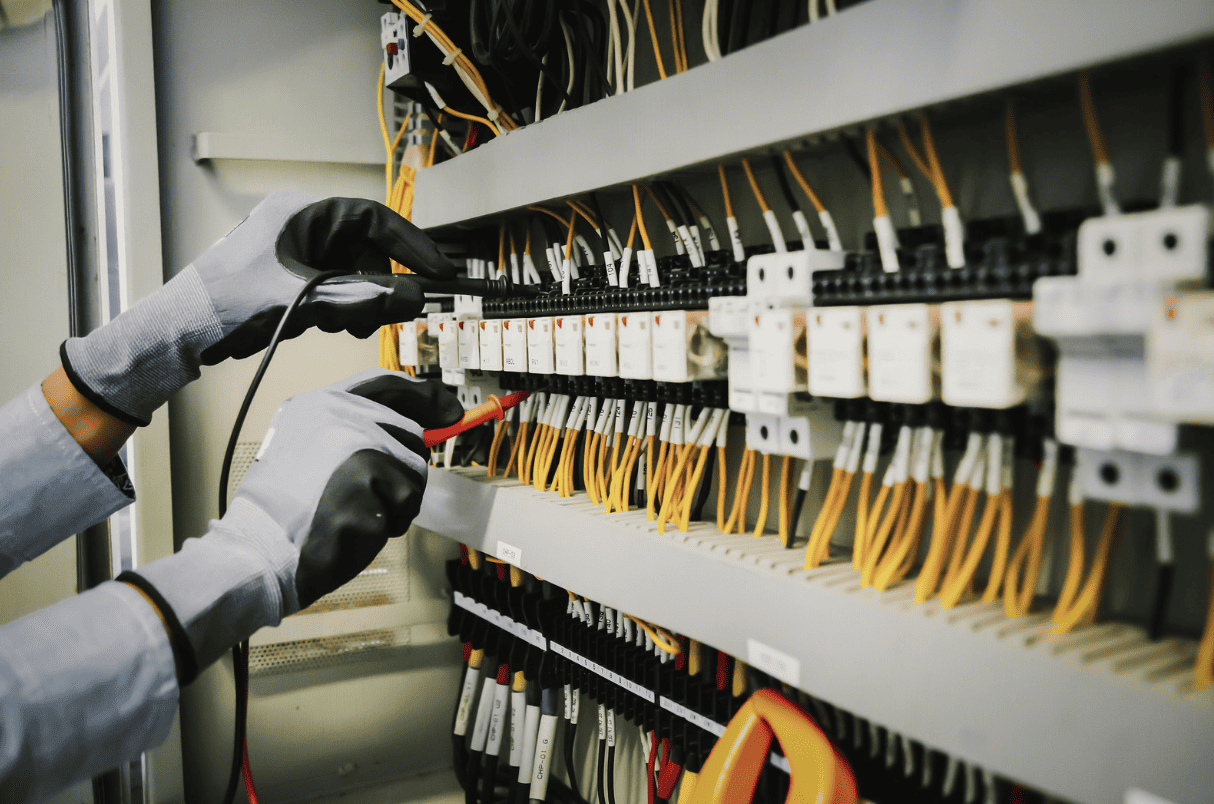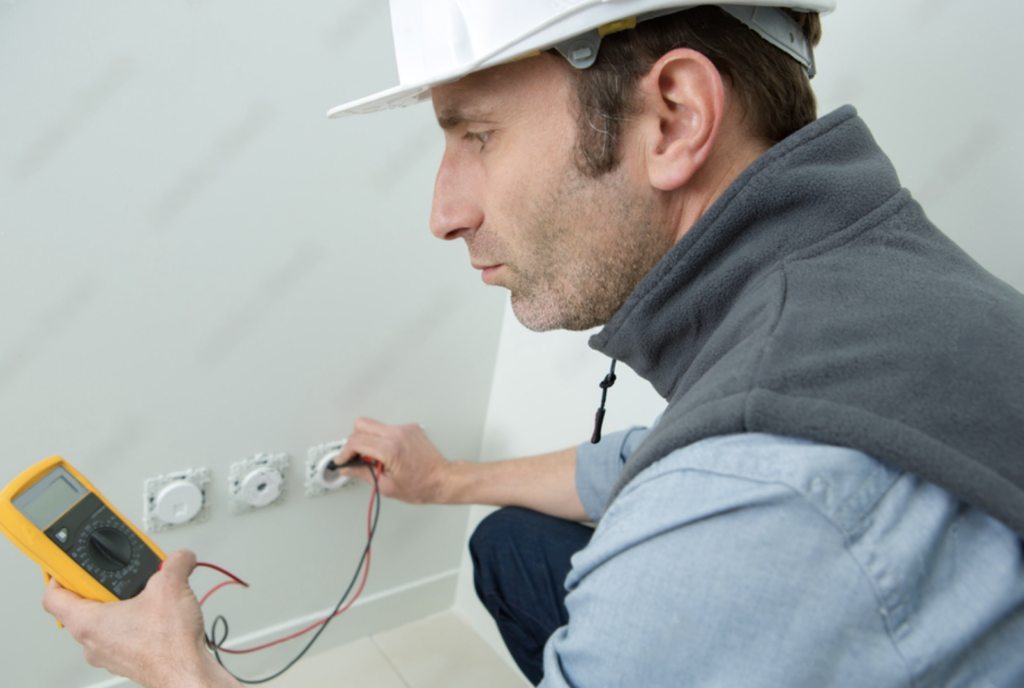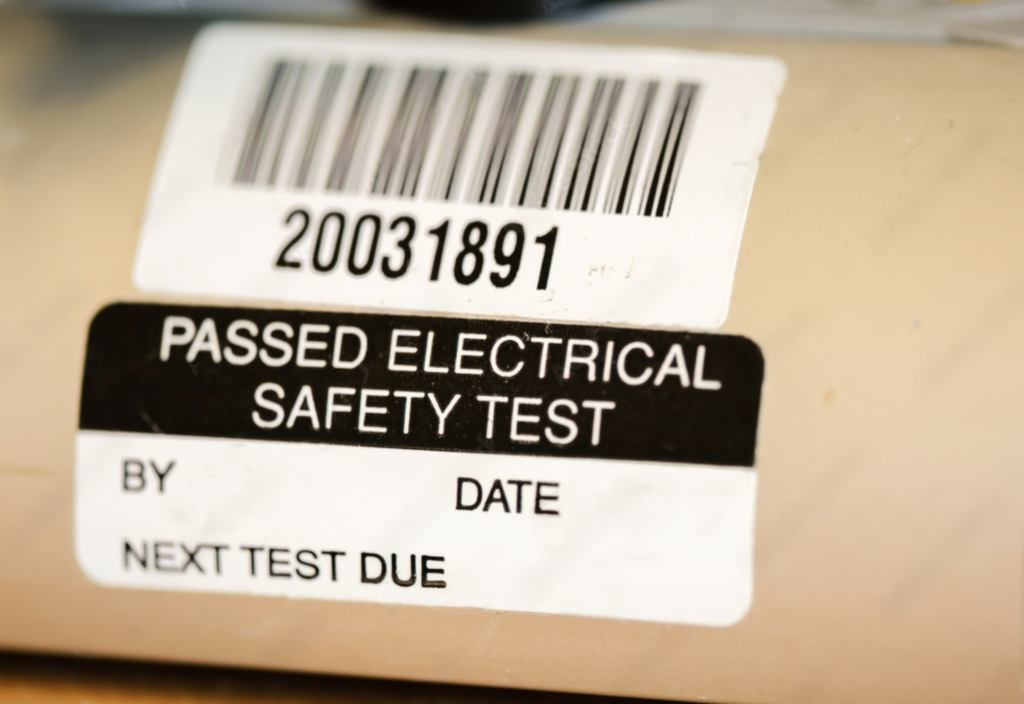

What Is PAT Testing
- ,
- , PAT Testing
Portable Appliance Testing (PAT Testing) is an essential procedure for checking the safety of electrical appliances. It’s of critical importance, providing reassurance that appliances are safe to use and aiding in the prevention of electrical accidents.
Key Facts On Portable Appliance Testing
1. Portable Appliance Testing (PAT Testing) is a critical procedure for assessing the safety of electrical appliances, helping to prevent electrical accidents and is often a legal requirement in many regions.
2. The PAT Testing procedure involves visual inspection of the appliance, conducting electrical tests using a PAT tester, and interpretation of the results. The frequency of testing depends on various factors, including the type of equipment, its usage environment, and the frequency of use.
3. Regular PAT Testing benefits everyone – employers, employees, and the general public by ensuring a safer environment, preventing potential electrical injuries, and reducing the risk of electrical fires. It’s a misconception that only electricians can perform this testing; any competent individual who has undergone appropriate training can perform PAT Testing.
History of PAT Testing
PAT Testing was introduced in the 1960s to ensure electrical safety at workplaces. Over the years, it has evolved significantly, driven by advancements in testing technology and heightened awareness of electrical safety Here is a resource for a deeper dive into the history of PAT Testing.
What is PAT Testing?
In essence, PAT Testing is the examination of electrical appliances to ensure they are safe to use. It involves technical terms such as insulation resistance, earth continuity, and leakage current. There are various categories of equipment for PAT Testing, including portable appliances, moveable equipment, and fixed equipment. Importantly, PAT Testing should be performed by a competent individual, ideally someone who has undertaken a PAT Testing training course.
Why Is PAT Testing Essential?
PAT Testing plays a pivotal role in ensuring electrical safety in various settings, reducing the potential risks associated with faulty electrical appliances. Furthermore, it is a legal requirement in many regions to regularly perform PAT Testing, with the Health and Safety at Work Act 1974 being one such example in the UK.
The PAT Testing Procedure
The PAT Testing process involves several steps:
Visual inspection of the appliance
Conducting electrical tests using a PAT tester
Interpretation and recording of the results
The procedure helps identify potential issues such as damaged plugs, incorrect wiring, and insufficient insulation.
Interpreting PAT Testing Results
Understanding PAT Testing results is crucial for electrical safety. The test results provide information on the electrical condition of the appliance, with ‘pass’ indicating it’s safe, while ‘fail’ signifies a potential hazard. Depending on the results, you may need to repair or replace the faulty equipment.

How Much Does PAT Testing Cost?
The cost of PAT Testing can vary depending on a number of factors. Typically, prices are determined by the number of appliances that need to be tested, the type of environment in which they’re located, and any additional services that might be required such as repairs or replacement of faulty equipment.
As a rough guide, you might expect to pay between £1 and £2 per item for a standard PAT test in a small to medium-sized business. However, the cost can be lower for larger businesses with a high volume of appliances to be tested, or it could be higher if specialist PAT testing equipment or skills are needed upon visual inspections.
It’s recommended to get quotes from several providers to ensure you’re getting the best value for your money. Always remember, though, that while cost is important, the quality and thoroughness of the PAT testing should be your primary consideration.
What Factors Influence the Cost of PAT Testing?
Several factors come into play when determining the cost of PAT Testing. Understanding these can help you anticipate the potential costs associated with maintaining your electrical equipment’s safety.
1. Number of Appliances: One of the most significant factors influencing the cost of PAT testing is the number of appliances that need to be tested. Most PAT testing companies charge per item, meaning that the more items you have, the higher the overall cost will be.
2. Type of Appliances: The type of appliances can also affect the cost. Some devices are more complex to test and may require more time or specialised equipment, potentially increasing the cost.
3. Location: Where your appliances are located can influence the cost of PAT testing. If your appliances are spread across multiple sites or are in hard-to-reach locations, this could increase the cost due to the additional time required.
4. Complexity of the Test: Some appliances require more complex testing procedures. If an appliance requires disassembly or specialist testing procedures, this could increase the cost of the test.
5. Additional Services: Extra services, such as minor repairs, replacement of faulty parts, or detailed reporting, could also add to the overall cost of your PAT testing.
Remember, while cost is an important consideration, it should not compromise the quality of testing. The primary goal of PAT testing is to ensure safety, so it’s crucial to choose a reputable electrician who can deliver a thorough and competent testing service.
Frequency of PAT Testing
How often PAT Testing should be conducted depends on several factors such as the type of equipment, the environment in which it’s used, and its frequency of use. For example, construction equipment should be tested more frequently than office appliances. This resource provides comprehensive guidelines.

What Are The Benefits of Regular PAT Testing?
Regular PAT Testing benefits employers by maintaining a safe working environment and avoiding legal penalties. It benefits employees and the general public by preventing electrical injuries. Moreover, it’s an effective way to prevent electrical fires caused by faulty appliances.
Common Misconceptions about PAT Testing
Contrary to some misconceptions, PAT Testing is not an optional activity for businesses but a necessary practice for ensuring electrical safety. Also, it’s not true that only electricians can perform PAT Testing; any competent individual who has undergone appropriate training can do it.
Conclusion
In conclusion, PAT Testing is an indispensable procedure for electrical safety. Businesses and individuals have a duty to ensure the safety of their electrical appliances, and PAT Testing is a proven way to meet this responsibility.
Common FAQ's For Portable Appliance Testing
Is PAT testing still a legal requirement for electrical equipment?
Yes, PAT testing is often a legal requirement, especially in work settings. While the law might not specifically mandate PAT testing, it usually requires that electrical appliances be maintained in a safe condition, which is typically achieved through regular PAT testing.
What happens if you don't do the PAT test?
If PAT testing is not carried out, there could be several consequences. These might include potential harm to employees or the public from faulty electrical equipment, increased risk of electrical fires, and potential legal consequences if it’s established that electrical safety has not been adequately maintained.
Can you sell electrical appliances without PAT test?
This largely depends on local laws and regulations. In general, it’s considered good practice to ensure that second-hand electrical items have been PAT tested before they’re sold to ensure their safety. In certain jurisdictions, it may be a legal requirement to do so.
What electrical equipment doesn't need PAT testing?
PAT testing typically applies to electrical appliances that are intended to be connected to a standard electrical outlet. Appliances that are hardwired or ‘fixed’ into the electrical installation do not usually need to be PAT tested, but they still need to be inspected and tested regularly for safety. Battery-operated devices and low-voltage items also typically fall outside the remit of PAT testing.
Can an electrician carry out electrical testing?
Yes, an electrician can carry out inspection and testing on electrical equipment. However, it’s important to note that PAT testing can be carried out by any individual who is considered ‘competent’ – this means they have the right skills and knowledge to perform the test safely and effectively. This could be achieved through specific PAT testing training.
